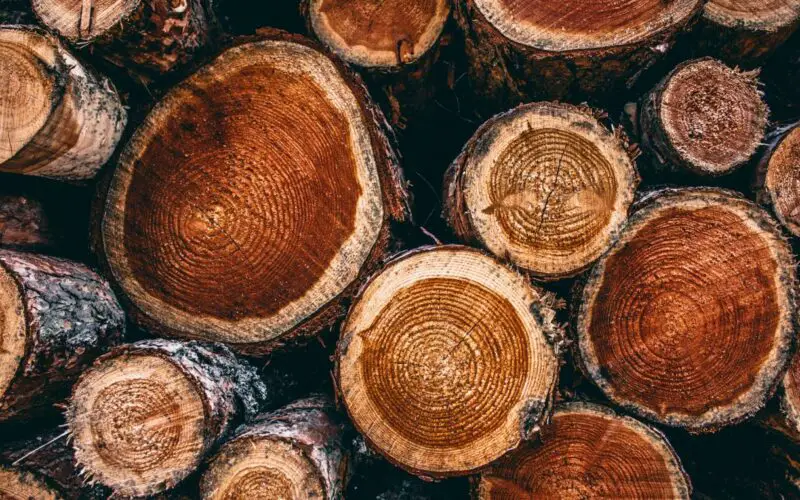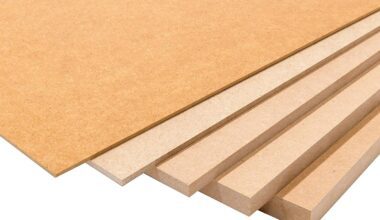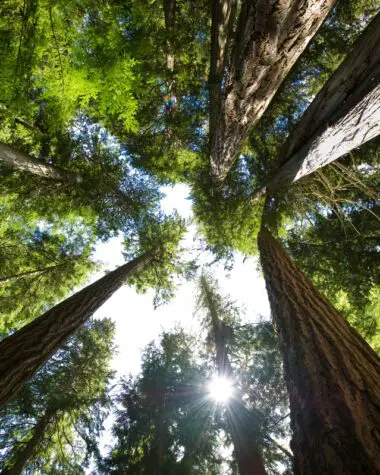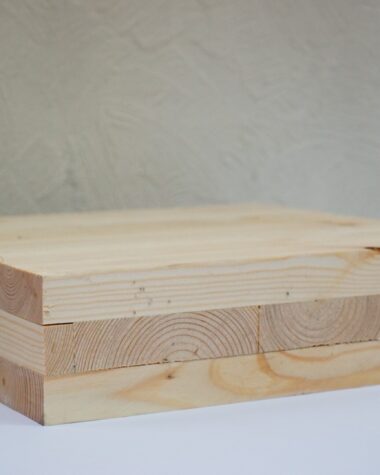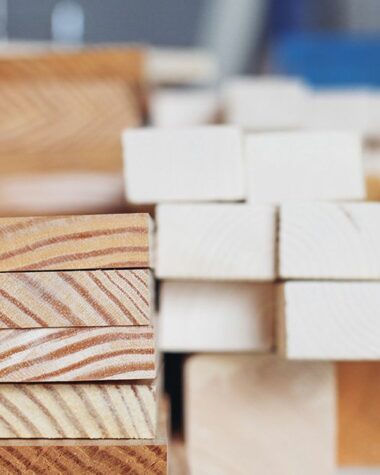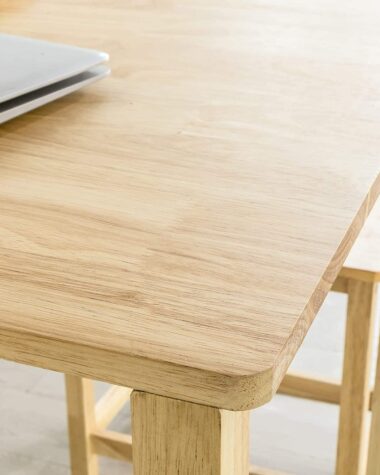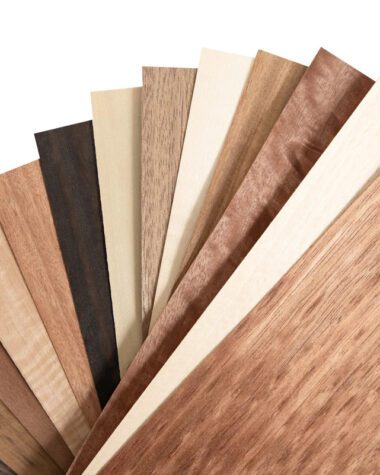In wood anatomy, there are three observable circular zones in the cross-section of the trunk, especially in a hardwood tree. The outermost part is called the bark. Next to it is the sapwood, and the innermost part is the heartwood.
In this article, we are going to dissect the two essential parts of wood– sapwood, and heartwood. Knowing these two with their common differences and functions helps shed light on which tree part is best for your woodworking project.
The Parts of a Tree
To start, we look into the basic part of a tree. One of these parts is the tree trunk, which is composed of different layers.
Bark
The bark is the outermost layer that protects the tree against insects, weather, and other factors that may destroy it. It is also dead tissue.
Phloem
A phloem is a thin layer of living cells that distributes food throughout the tree.
Cambium
Cambium is the opposite of bark because it is a living tissue. It is the thinnest layer of a tree that produces both new phloem and new xylem on different sides.
Xylem
Meanwhile, the xylem dominates the largest portion of the tree trunk. This is the part where sapwood and heartwood are located.
The Difference Between Sapwood and Heartwood
All hardwood is made up of heartwood and sapwood, which are produced during a tree’s normal growth. Beyond this, they have distinct characteristics that make them unique from each other. So, how do sapwood and heartwood differ?
Sapwood
The wood of a tree that is closest to the bark is called sapwood. All wood starts to be in the sapwood. A thin layer of living cells, called the cambium, generates bark cells on the exterior and wood cells on the inside, immediately beneath the bark. Each year of growth adds a fresh layer of wood cells inside the cambium, which results in the enlargement of tree stems in diameter.
This new layer of wood can be several cells thick in good growing years and only a few cells thick in bad ones. Whenever such growth occurs, the cambium expands to make room for the fresh layers of wood growing inside, regardless of thickness.
The sapwood of a living tree transports water and nutrients from the ground. Since sapwood typically has less density than heartwood, it won’t undergo substantial changes or darkening over time.
Heartwood
Heartwood is the pillar of a tree. The inner cells are transformed into heartwood as fresh sapwood rings emerge. Despite being a dead sapwood, this tree area doesn’t decay. Heartwood keeps its strength as long as the tree’s outer layers remain.
Heartwood’s pores get clogged with organic matter as a result of the absence of straw-like cells as a means of transporting moisture. Heartwood’s cell walls change color when extractives, a class of compounds, are present. The heartwood’s vibrant color and distinctive character are caused by extractives.
Additionally, the beauty of heartwood is useful for woodworkers for three main reasons.
- It is substantially less prone to fungus.
- Heartwood does not shrink faster when dried because it contains much less moisture than sapwood.
- It can resemble steel in terms of strength because the fibers in the heartwood are bonded together.
For more in-depth comparison regarding the differences of sapwood and heartwood, take a look at this table chart.
| Heartwood | Sapwood | |
| Hardness | High-level of hardness | Not as hard as heartwood. |
| Weight | Heavier than sapwood | Lighter than heartwood |
| Durability | More durable | Less durable |
| Color | Dark color | Light color |
| Moisture content | Rarely contains moisture. | Contains more moisture. |
| Market availability | Involved in the wood industry | Low-level of demand compared to heartwood. |
Why is heartwood darker?
As said, chemicals known as extractives are deposited into the cell walls of the already-existing sapwood to produce heartwood. The dark hue of the heartwood is a result of these extractives. They also offer defense against insects and fungus. The tree’s heartwood develops into its spine, offering support as it gets bigger. The heartwood doesn’t have any cells added or taken away.
The heartwood is the preferred wood part for most woodworkers. The color of the heartwood of woods like cherry, mahogany, and walnut has long been useful. The color of the heartwood is typically homogeneous and not very variable in the majority of species. Other species may display a colored figure. Random color deposits create striking visual effects in these trees that resemble zebra stripes, clouds, and spider webs.
In a Nutshell
As the tree wants to develop in the most efficient way possible, its heartwood color has nothing to do with it. Unless you want to use it in a wood project, then its true purpose comes alive. We believe that the heartwood supports itself to deflect strong winds and fend off insects and fungi.
Meanwhile, the foliage of a healthy sapwood will also be well-fed. The situation is different for woodworkers. But the difference between heartwood and sapwood species offer endless opportunities for creativity, which is one of the goals of knowing different wood types.
